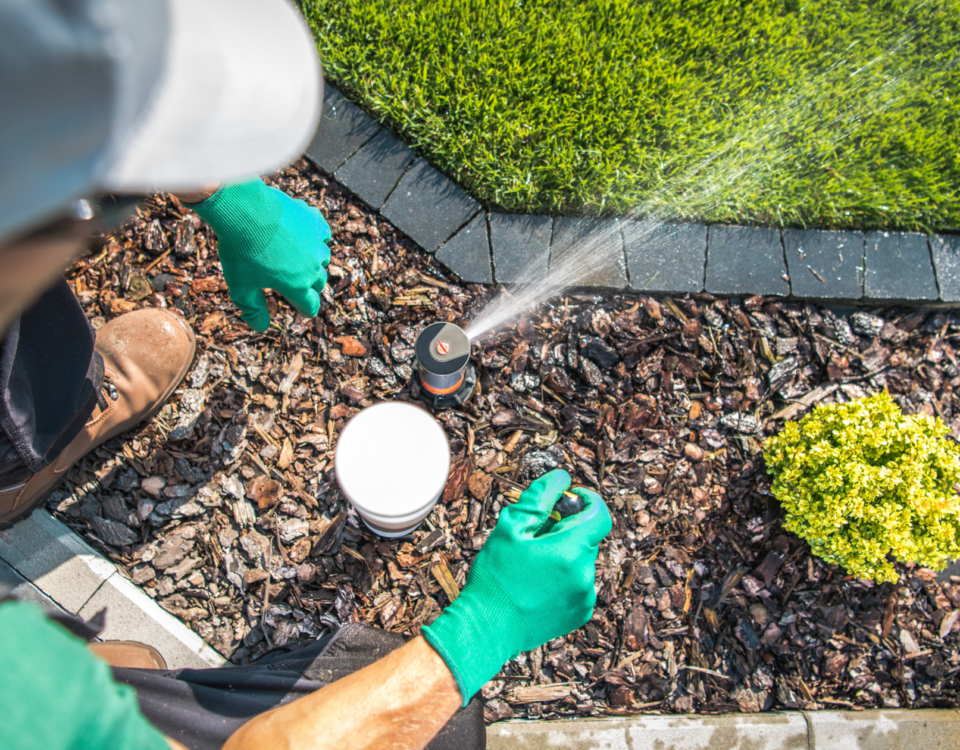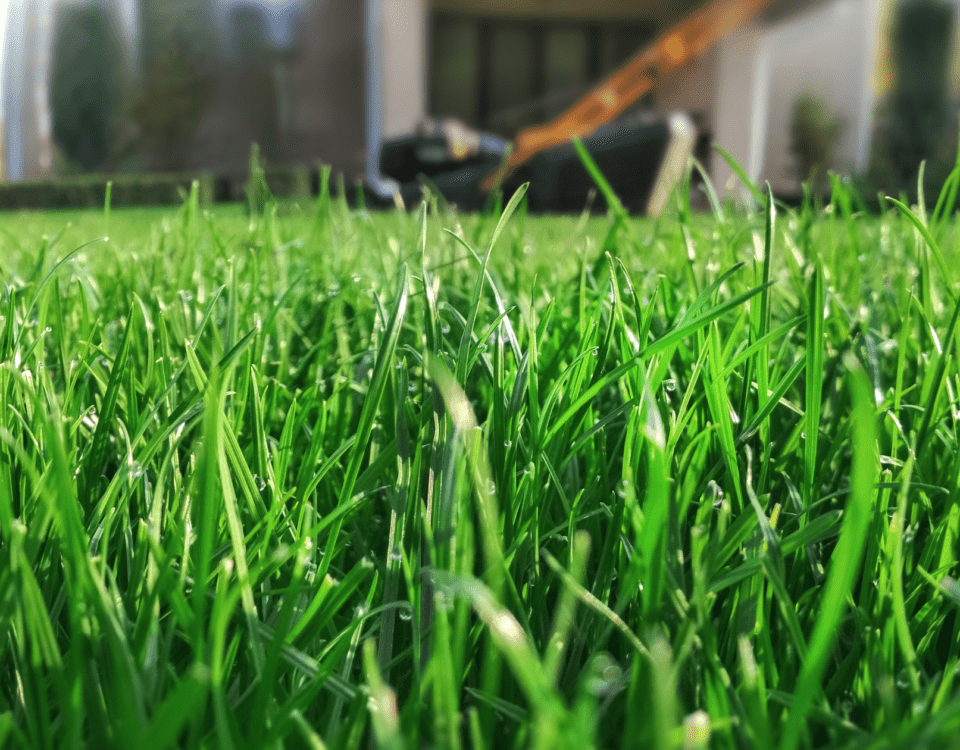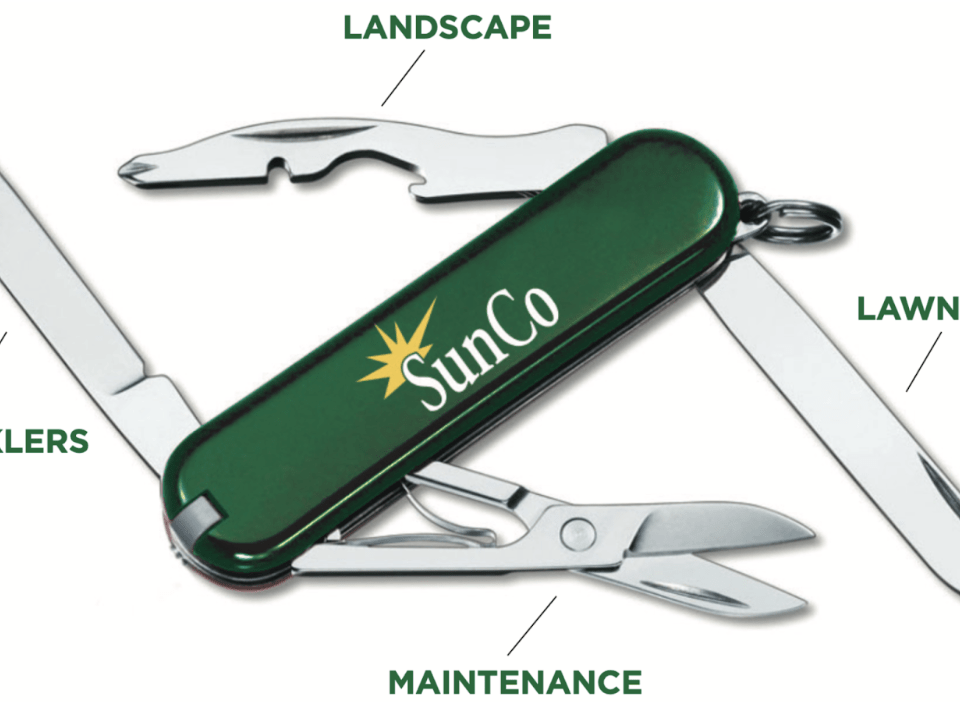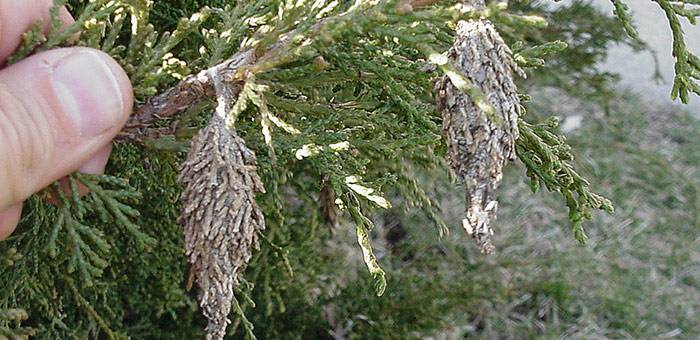
Bagworms in Nebraska: Everything You Need to Know
May 29, 2020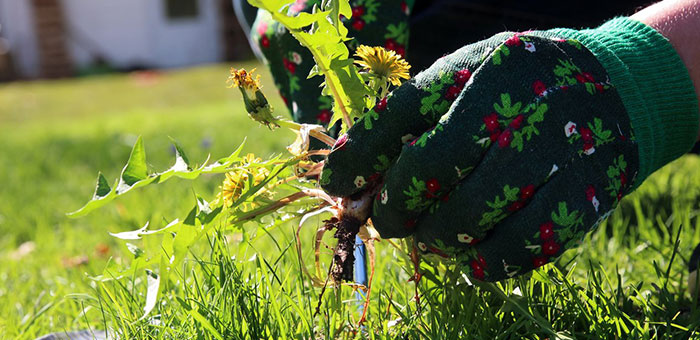
Weed Pulling 101
July 6, 2020Gardening in the summer is one of the activities we look forward to most. Every year we try to outsmart the garden when it comes to the weeds. You should be keeping in mind that your goal should not be to eliminate every unexpected weed but to regularly manage the more troublesome ones. Below we have listed and explained some of the most common landscape weeds.
Yellow Sweetclover

A weed that is commonly mistaken for a flower, this annual weed can be spotted by its yellow flower. This popular weed usually pops up in your landscape beds and along your garden’s walking paths. To eliminate this weed from your garden, you should pull or spot spray before it seeds. Yellow sweetclover becomes toxic when it is heated. If the weed is consumed by animals, it reduces the animal’s blood-clotting ability and can be lethal.
Canada Thistle

This is one of the most harmful weeds in anyone’s home garden. We see this weed pop up in landscaped beds and along sidewalks. Canada thistle is one of the hardest weeds to control. This weed has spear-like leaves that have sharp barbs on them. So what makes this weed so pesky? Canada thistle grows an extensive root system that can go deep down into the ground, and the plant can grow back from even a small piece of root. Stay on the weed and be repetitive in your efforts to get rid of it.
Siberian Elm

This weed should be pulled by the root or dug out of the ground. Larger trees must be cut and chemically destroyed. This weed is fast-growing and can grow up to 50 feet tall if not taken care of. Siberian elms are known for their strong roots that can uplift pavement and driveways. You should pull the tree from the ground when it is young to be most effective.
Bindweed

Bindweed is another weed with an extensive root system. This weed is part of the morning glory family. Bindweed is difficult to eradicate but after consistent pulling, digging and treatments this weed can be weakened. Most gardeners notice this weed in new landscapes. This climbing vine weed can hurt your plants by wrapping them up tightly. Since this weed does poorly around mature plants, you shouldn’t have a problem with them suffocating your garden.
Yellow Nutsedge

Another weed that is common for many landscapes is Yellow Nutsedge. This weed colonizes wet areas with poor drainage. To get rid of this weed, try to divert any water or improve your draining system. This weed can be confused with grass. The nutsedge will have a triangular stem. Be sure to remove the underground stems called ‘nuts or tubers’ when weeding as these will continue to sprout growth from underground. Good rule of thumb is only pull nutsedge before tubers are established. This is when it usually has less than 6 leaves, otherwise spray your nutsedge.
Although there are plenty more weeds that could pop up in your landscape, there are always ways to eliminate them. Here at SunCo, we are the outdoor experts and can help you control any type of weeds. If you are ready to let go of the work and start enjoying your lawn instead of stressing about it, contact us today.



